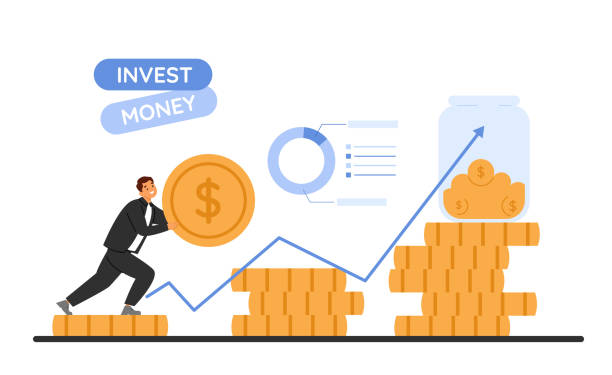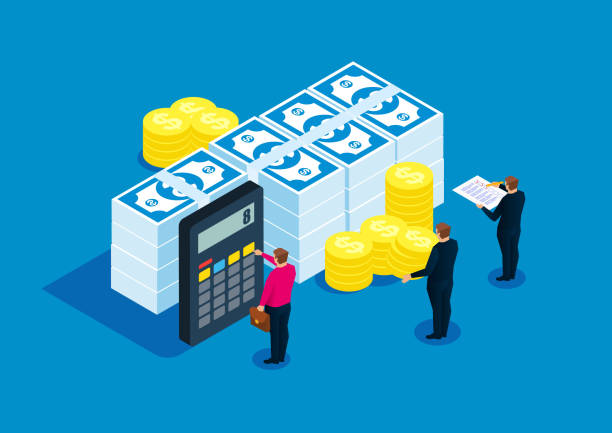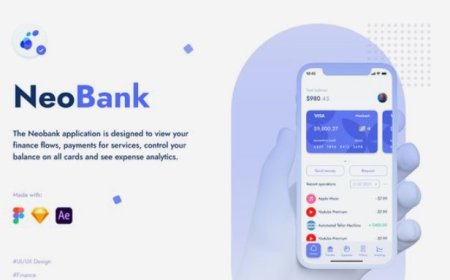Top 6 High-Return Investment Avenues with Indian Banks
Explore Fixed Deposits, PPF, SCSS, and more for secure and lucrative returns, with a focus on current interest rates from Small Finance and major banks.

When considering "higher investment in banks," it's important to distinguish between traditional bank products and other investment avenues that banks might offer or facilitate. In India, the term "higher investment" generally refers to options that offer better returns than a standard savings account.
Here are 6 prominent investment options available through or often associated with banks in India that offer potentially higher returns:
-
Fixed Deposits (FDs): FDs are one of the most popular and secure investment options. You deposit a lump sum for a fixed tenure (e.g., 7 days to 10 years) and earn a predetermined interest rate. Small Finance Banks often offer higher FD rates compared to larger public and private sector banks. Senior citizens typically receive an additional interest rate.

- Current Trends (as of June 2025): Some Small Finance Banks like Suryoday Small Finance Bank, Unity Small Finance Bank, and North East Small Finance Bank are offering FD rates up to 8.60% - 9.00% for general citizens, with senior citizens getting even higher rates (e.g., up to 8.25% - 8.60%). Large private banks like HDFC Bank, ICICI Bank, and Axis Bank also offer competitive rates, often in the range of 6.85% to 7.75% for general citizens, and higher for senior citizens.
-
Recurring Deposits (RDs): RDs are similar to FDs but allow you to deposit a fixed amount regularly (e.g., monthly) for a specific tenure. They encourage systematic savings and offer guaranteed returns, often at rates comparable to FDs.

-
High-Interest Savings Accounts: While not a primary "investment," some banks, particularly Small Finance Banks, offer significantly higher interest rates on savings account balances, especially for higher deposit slabs. This can be a good option for maintaining liquidity while earning better returns than a standard savings account.

- Current Trends (as of June 2025): Banks like Suryoday Small Finance Bank, IndusInd Bank, and Bandhan Bank offer interest rates of up to 7.00% - 7.75% p.a. on higher savings account balances.
-
Public Provident Fund (PPF): While not directly offered by commercial banks as their own product, PPF accounts can be opened and operated through many public and private sector banks. It's a government-backed, long-term (15-year lock-in) savings scheme with attractive, tax-exempt interest rates and EEE (Exempt-Exempt-Exempt) tax status. The interest rate is revised quarterly by the government.

-
National Savings Certificates (NSC): Similar to PPF, NSCs are government-backed fixed-income instruments available through post offices and some banks. They offer a fixed interest rate and a 5-year lock-in period, with tax benefits under Section 80C.

-
Senior Citizen Savings Scheme (SCSS): This is a government-backed scheme specifically designed for senior citizens (aged 60 and above, with certain exceptions for those who have taken VRS). It offers attractive interest rates, paid quarterly, and provides tax benefits. This scheme is generally available through banks and post offices.

Important Considerations:
- Risk Appetite: FDs, RDs, PPF, NSC, and SCSS are generally considered low-risk investments with guaranteed returns. Other options like mutual funds (which banks may distribute) carry market risk.
- Liquidity: FDs and RDs have a lock-in period, though premature withdrawal is usually possible with a penalty. Savings accounts offer high liquidity.
- Taxation: Understand the tax implications of the interest earned on each investment (e.g., FD interest is taxable, PPF interest is tax-exempt).
- Tenure: Align the investment tenure with your financial goals.
- Bank Type: Small Finance Banks often offer higher interest rates compared to larger public and private sector banks due to their business model and the regulations they operate under. However, larger banks generally have a more extensive branch network and a wider range of services.
It's always advisable to compare the latest interest rates and terms offered by different banks before making an investment decision.










































































































































































































